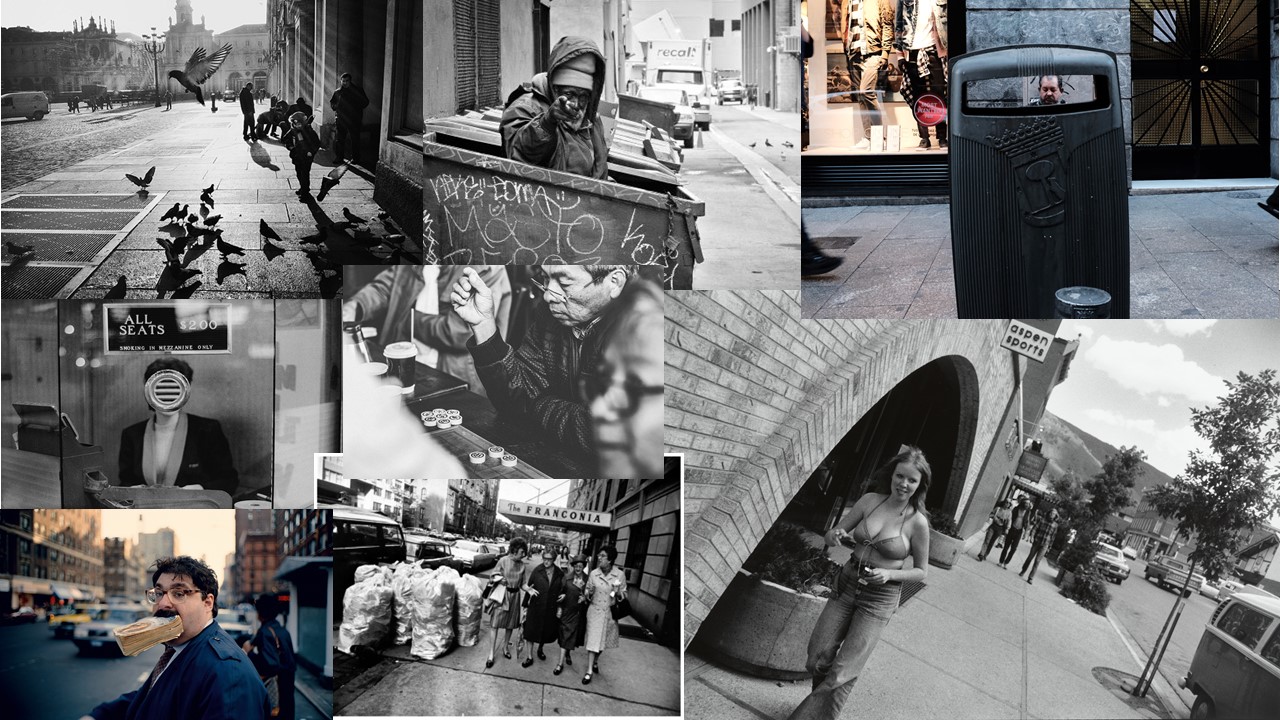
Category Archives: Unit 2 Portrait
Filters
Rankin
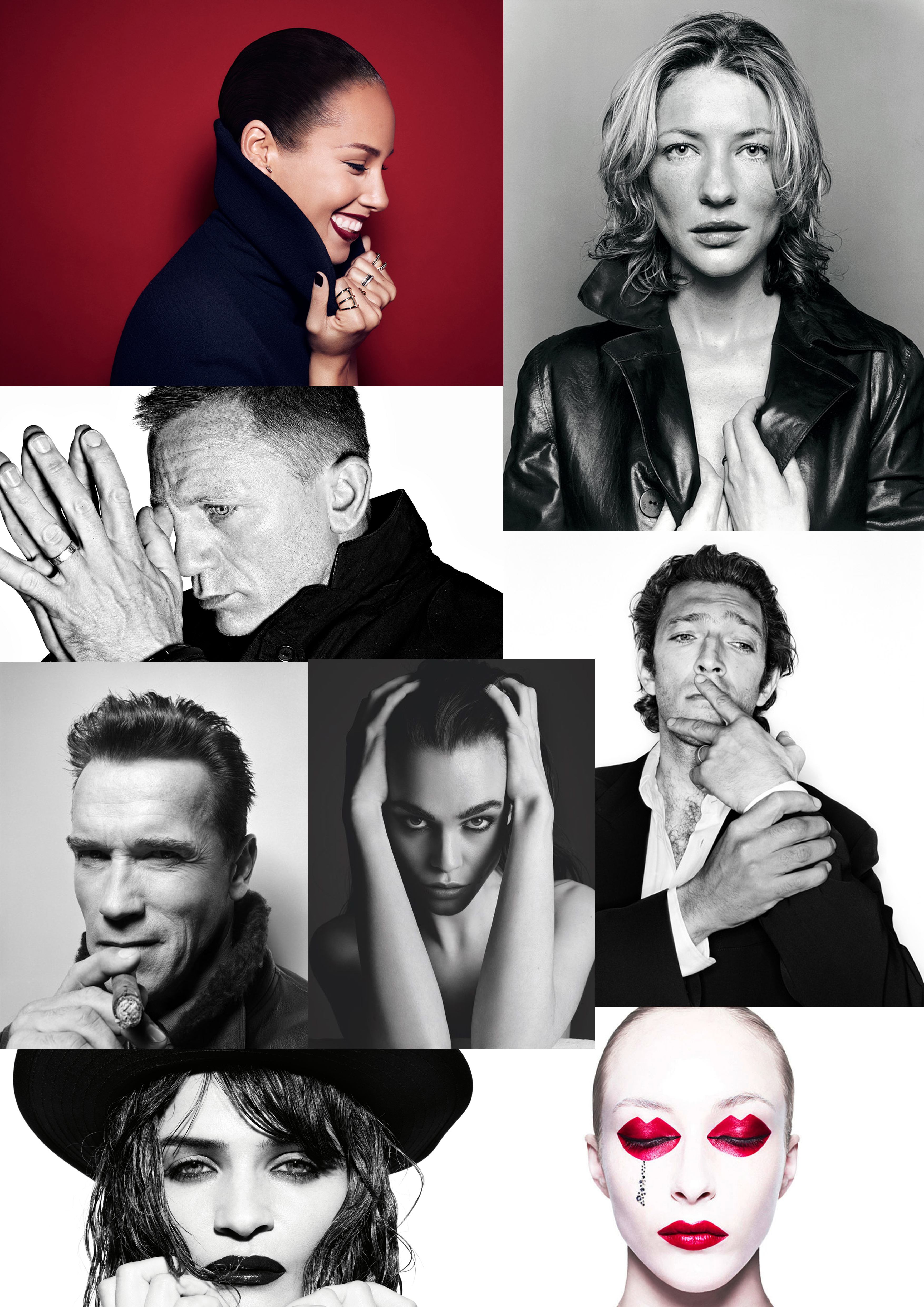
John Rankin Waddell, also known under his working name Rankin, is a British portrait and fashion photographer and director. He is best known as the founder of Dazed and Confused magazine and for his photography of models including Kate Moss and Heidi Klum, and celebrities such as Madonna and David Bowie and his portrait of Elizabeth II. His work has appeared in magazines such as GQ, Vogue and Marie Claire. It was while doing an accountancy degree at Brighton Polytechnic that he picked up a camera and began to investigate and practise. When realising that this was what he really wanted to do, he abandoned the degree course and went back to A-levels to study photography. Taking a degree in photography at the London College of Printing, he met Jefferson Hack and together they founded Dazed & Confused, a ground breaking monthly style magazine which documented the Brit Pop and Britart movements of the time. Rankin describes his style as having no style. He doesn’t use a specific type of lighting and doesn’t use the same way of shooting all the time. When he is photographing a subject, whether they are models, celebrities or regular people he always talks constantly to the person in front of the lens. He does this to get a reaction so he can capture something about their personality; every person will have a different reaction. Rankin says portraiture for him is all about making a connection with his subjects.
Portraits using Studio Lighting
For my experimentation into using lighting in a studio setting, I decided to also incorporate a number of camera skills into my experimentation as well, to produce the best products possible.
The lighting in the studio consisted of a key light, and a soft box light. the key light was used to illuminate the face of the subject, and to alter the overall lighting of the image, whereas the soft box light was used to manipulate shadows, softening them where necessary to alter the appearance of the image.
The following images are of contact sheets I have created including all of my studio portraits:
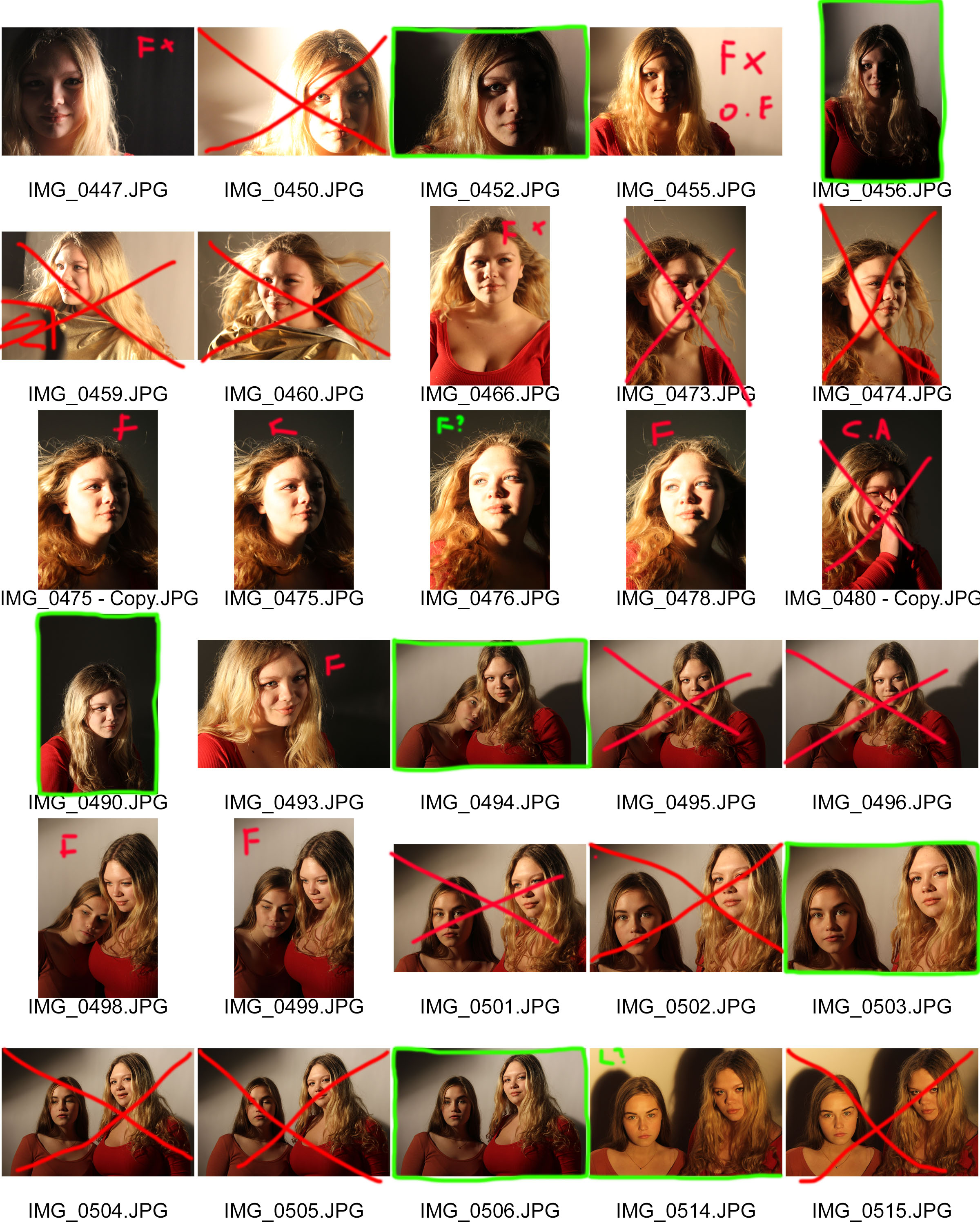
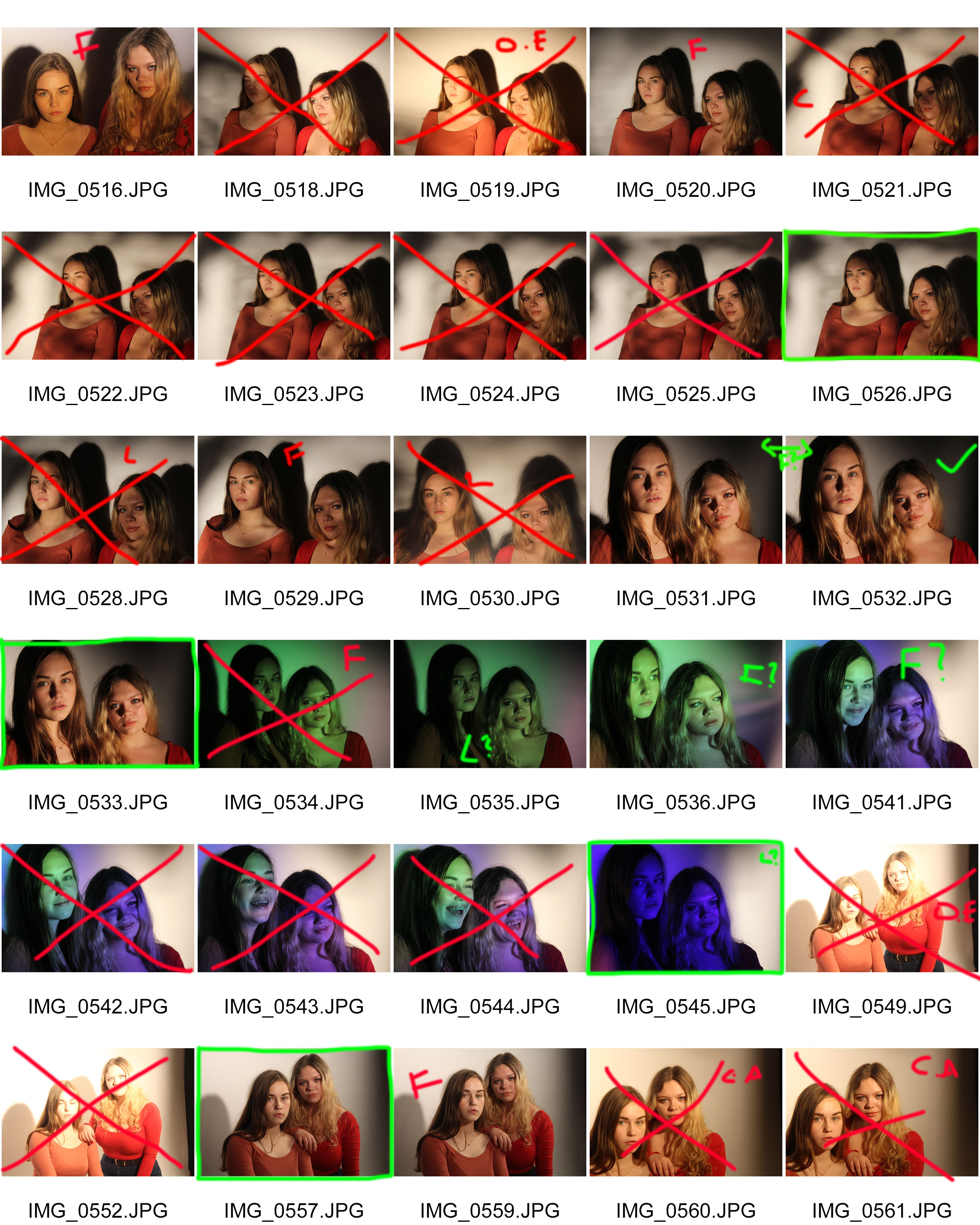

Key: Red F = out of focus, Red C.A = wrong camera angle, Green L = slightly off lighting , Green F = slight focus issue, Red O.E = over exposed, Red Cross = rejected, Green Box = finals for editing
The final images before the editing process can be found below:
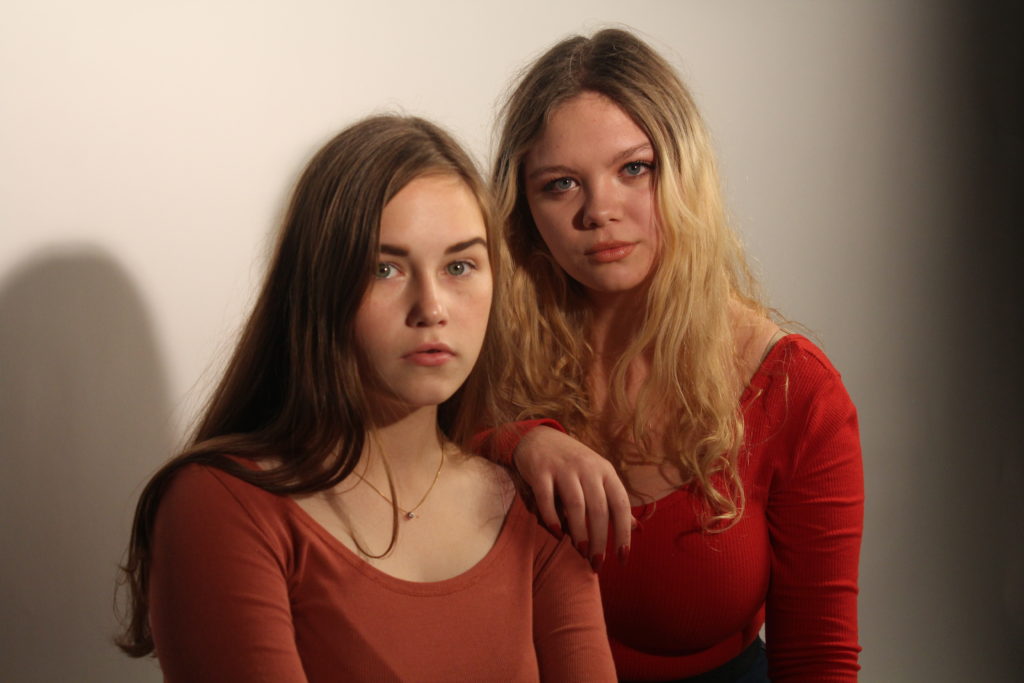
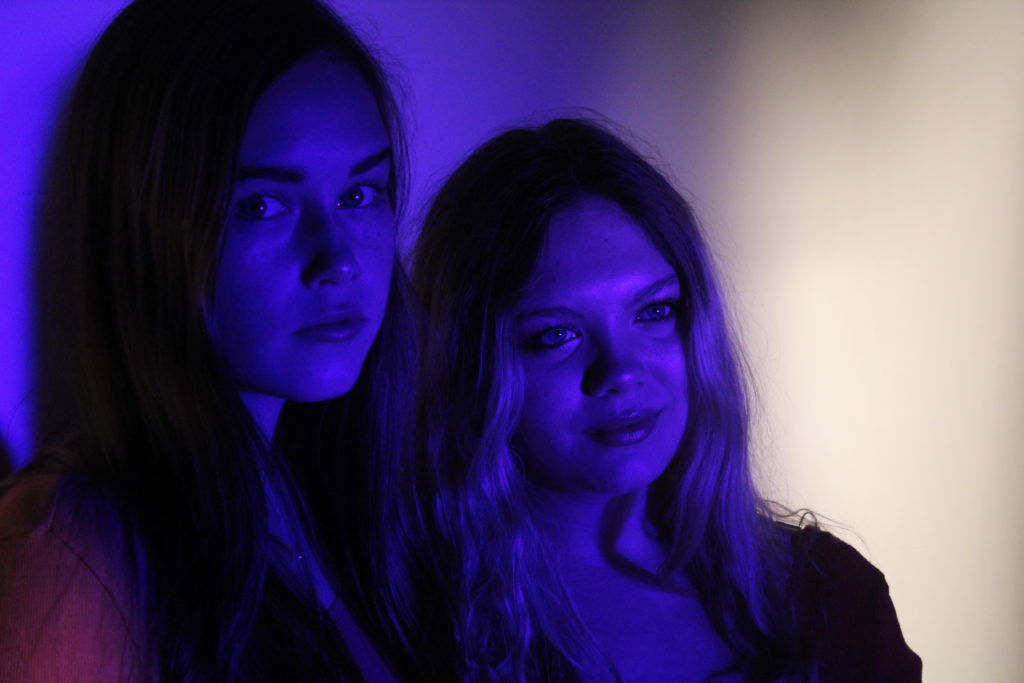
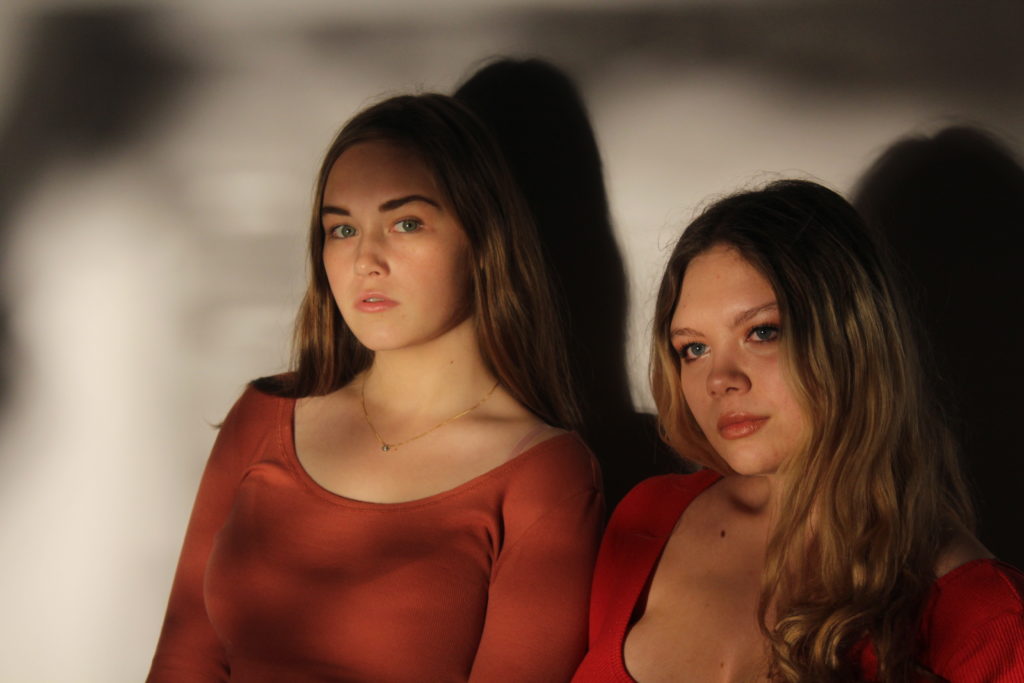


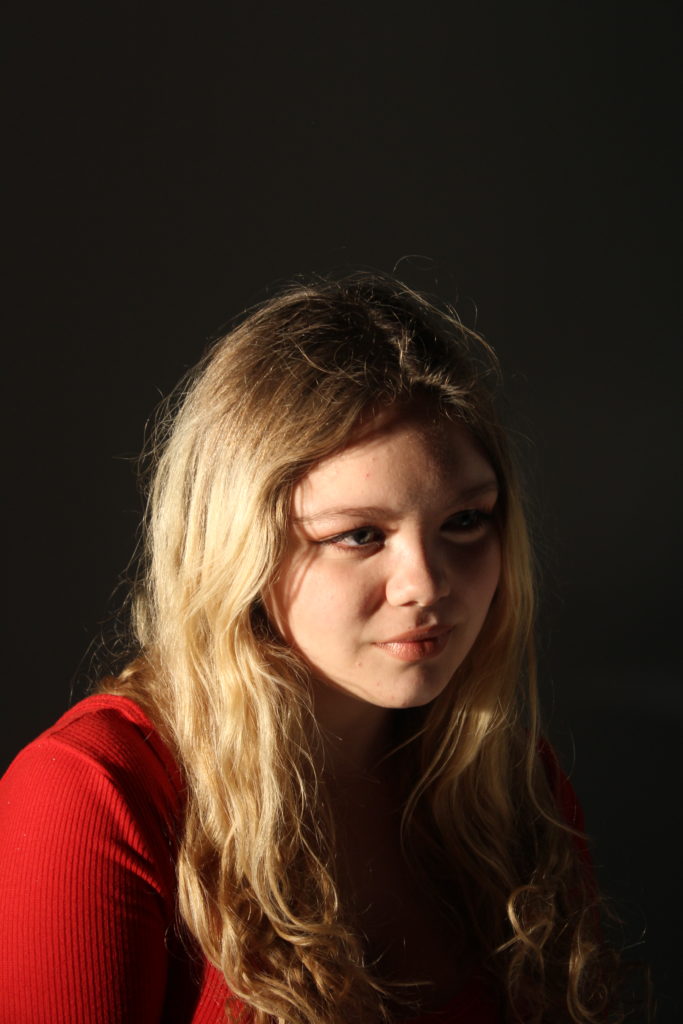
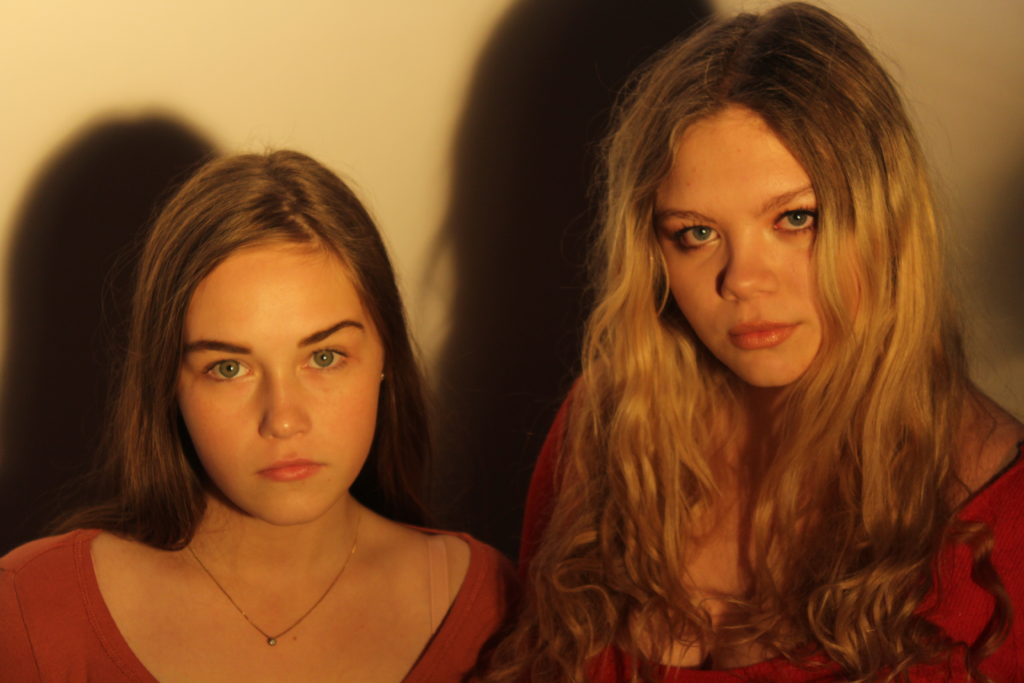

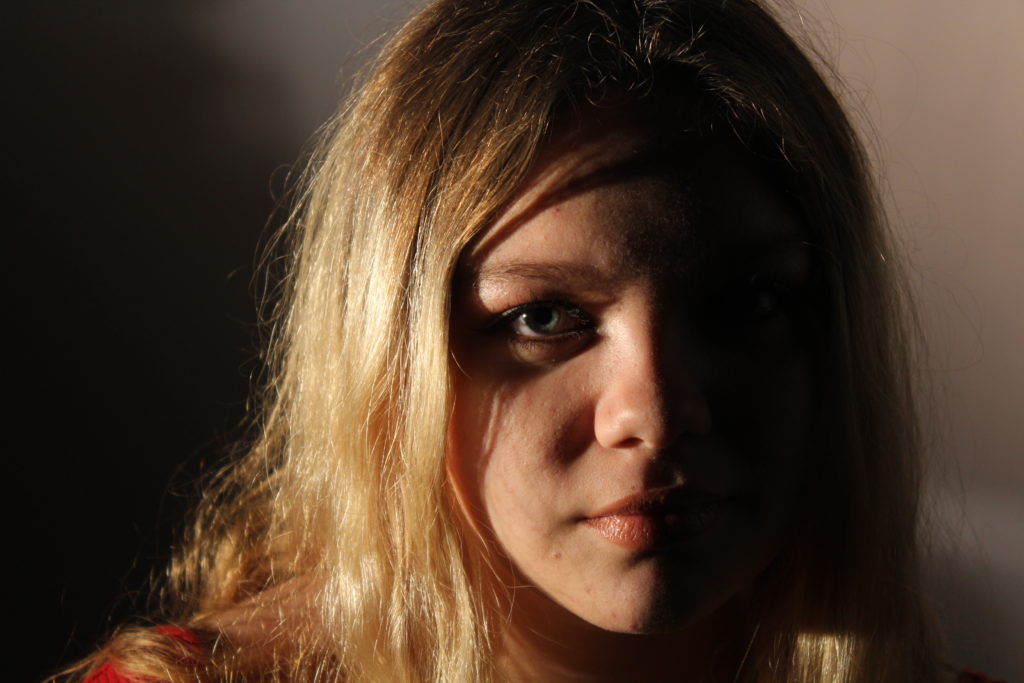

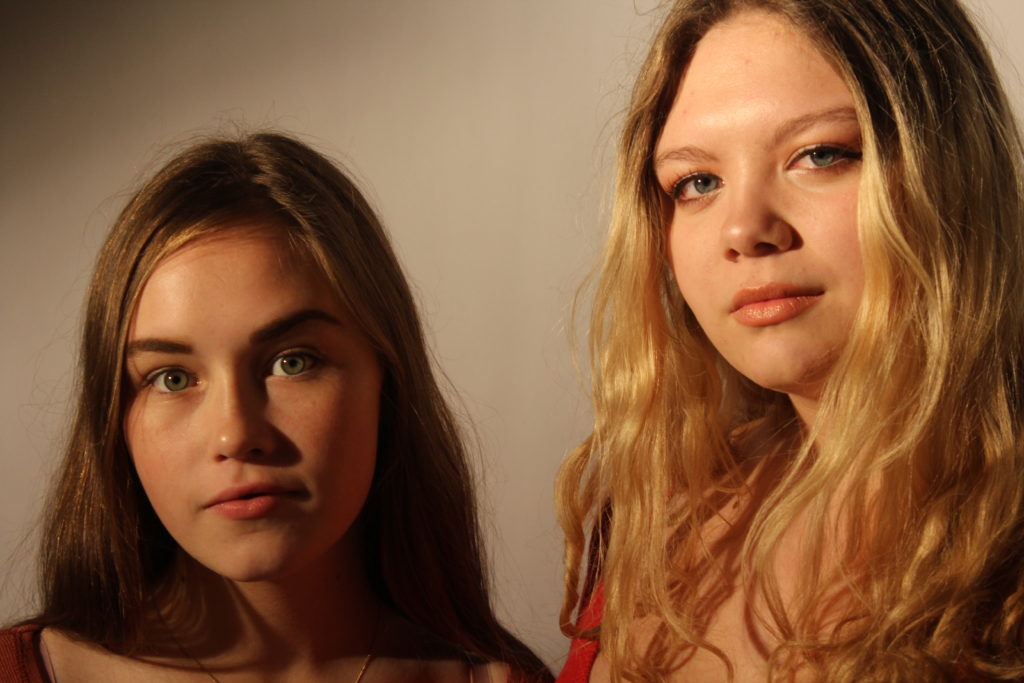
After deciding on which images should be processed to the editing stage, I used Photo-shop to manipulate the colors and tones of the images to make them as eye-catching and effective as possible.
The aftermath of editing can be seen below:

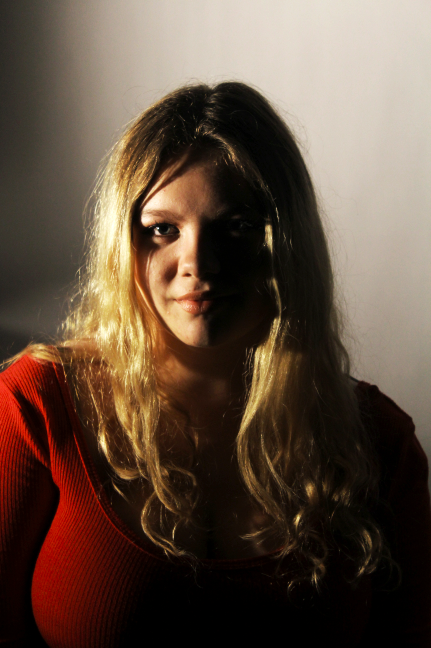
The above 2 images are photographs are examples of me attempting to create a chiaroscuro effect, where 1/2 of the face of the subject is illuminated using studio light, and the other portion is shadowed, to create a contrast between the 2 portions of the same subject. This is very effective when trying to draw attention to the depths of the subject, and it helps to bring the image to life, giving it more of a 3D effect.

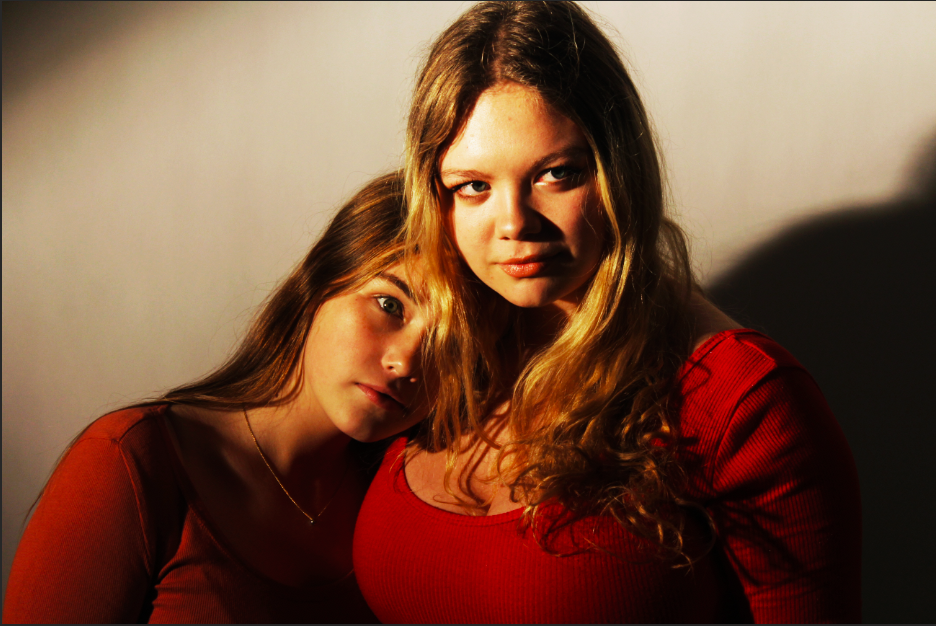
Some of the images were over saturated due to the lighting in the studio and the original position of the camera, and so I attempted to edit some of the images to reduce the saturation, and make the coloring of the images more natural. This kind of editing occurred in the above 2 images.
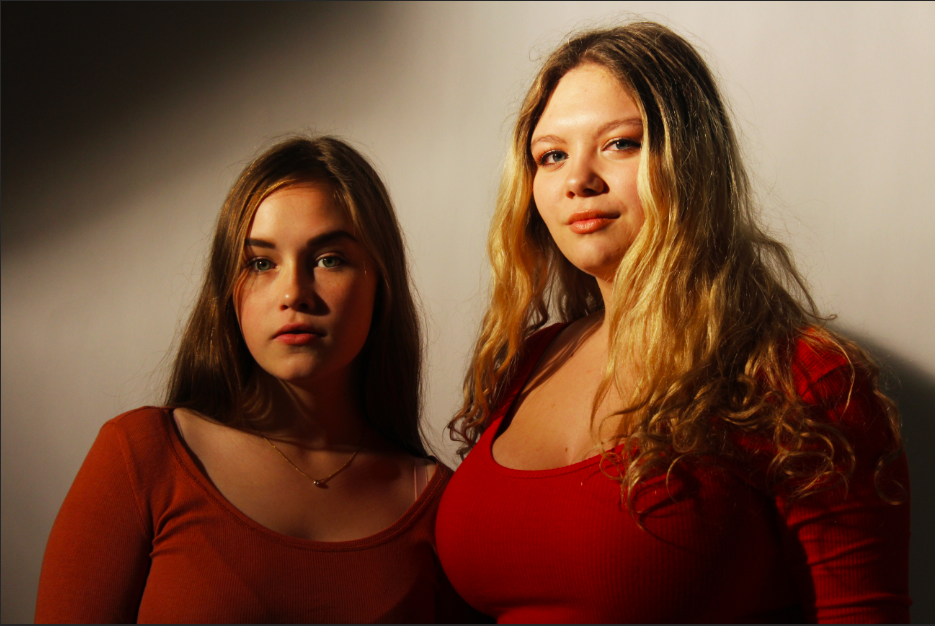
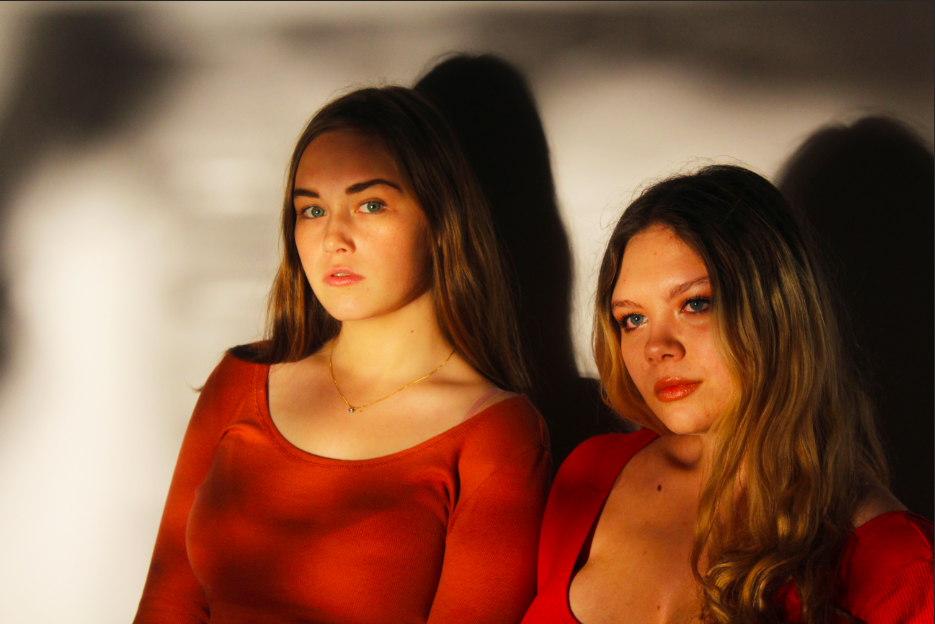
For some of my photographs, I experimented with using different filters in front of the lighting, to create different effects of the image. Colored filter paper was used to manipulate the overall color of the photograph, but for the above photograph, a piece of paper covered in holes was held in front of the key light. I think this created an interesting shadow effect, and helps to draw more attention to the photograph, and gives the viewer more to look at.
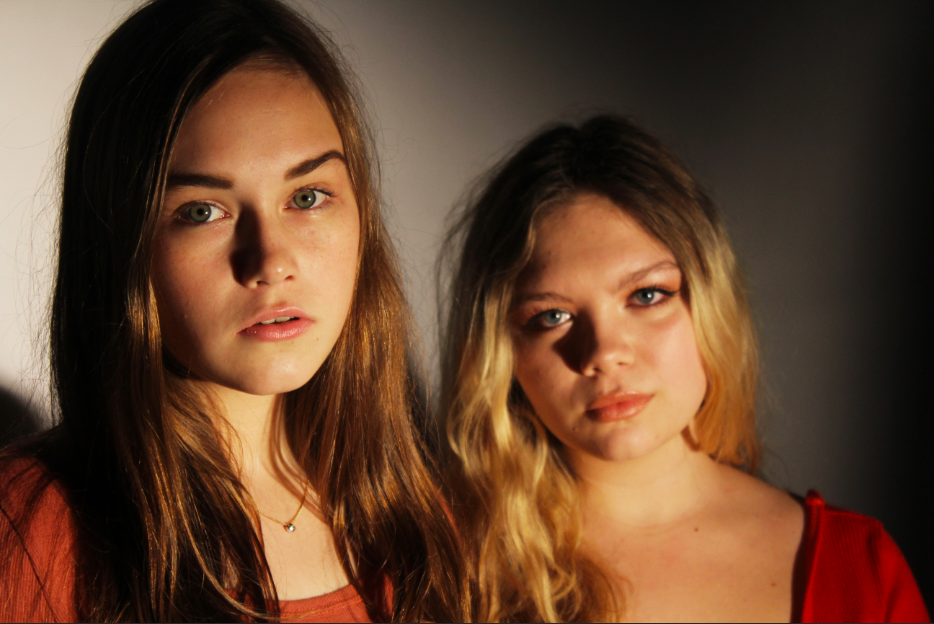
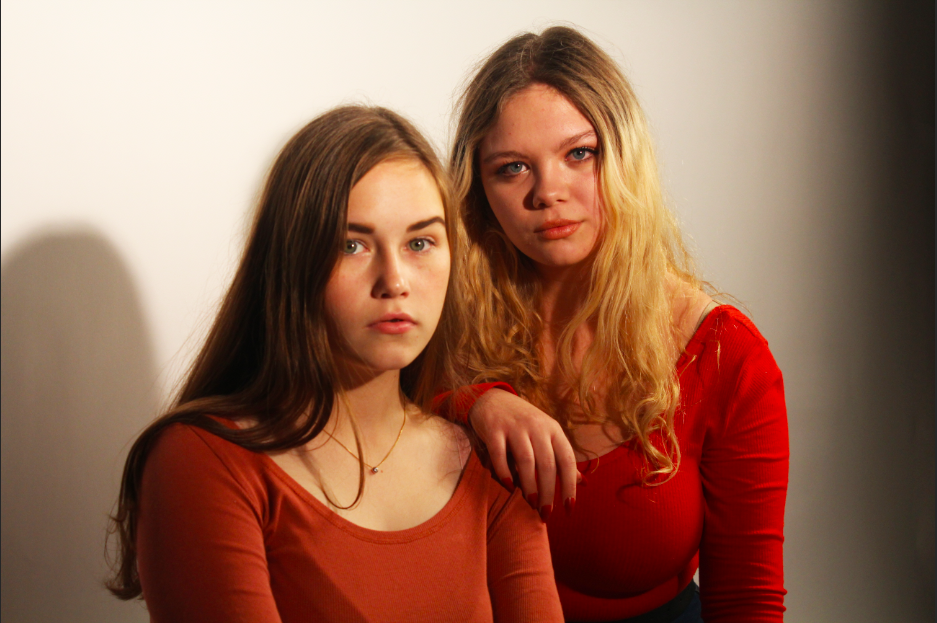
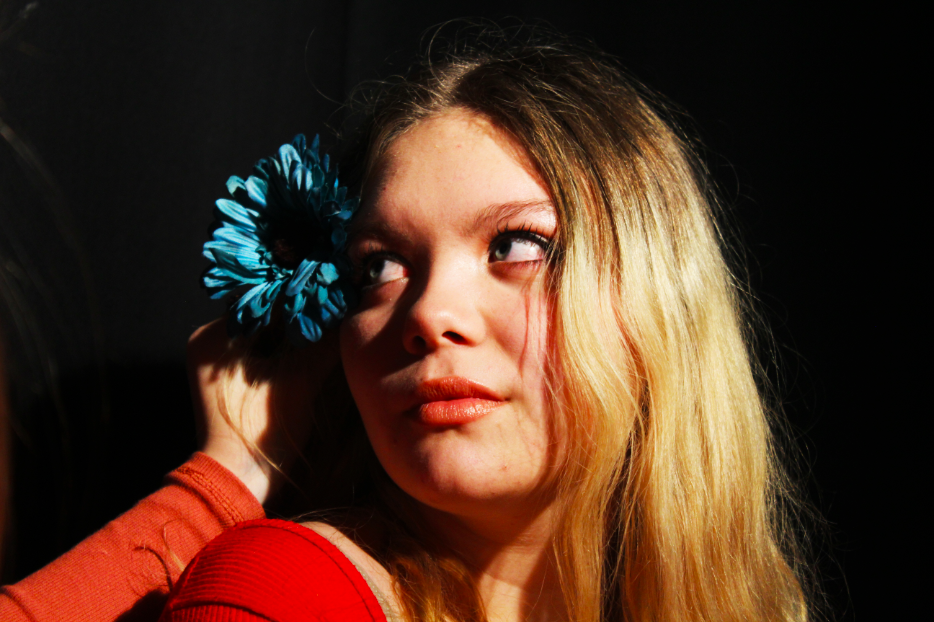
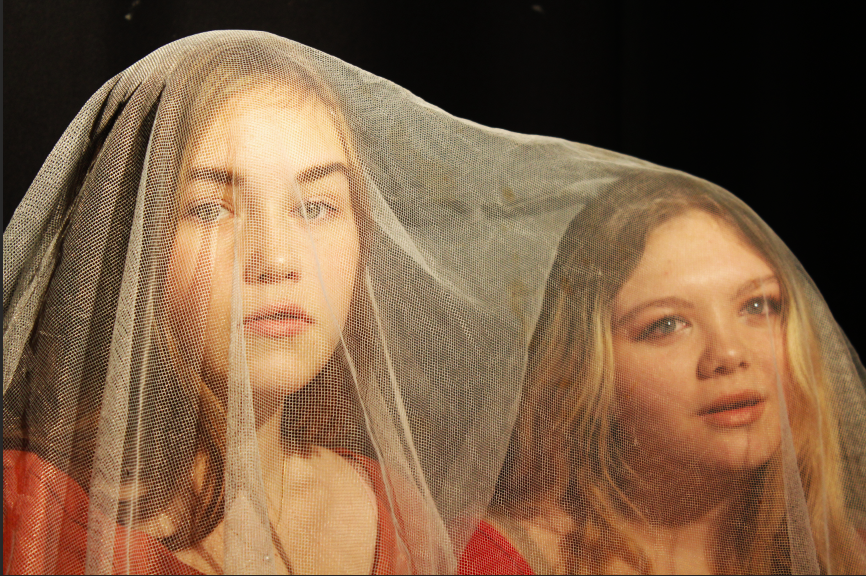
The above 2 examples are example of props being used in studio photography. Props are often easier to use and manipulate in a controlled environment like a studio, rather than in a natural setting. The props in the above image can be used to create a contrast to the colors of the subject, thus breaking up the color of the image and creating more areas for the subject to have their attention drawn to, and can in certain circumstances be useful in conveying meaning and reason in an image.
Overall, I believe that experiencing the different kind of lighting that can be used in a studio setting has allowed me to understand how much having control over the lighting of an image can effect the final outcome of the photograph. Natural lighting is useful to create a natural effect in an image, however for situations where natural lighting is not possible, or when a particular angle or intensity of lighting is required, using studio lighting can be very useful.
Studio Lighting
Why do we use studio lighting?
Studio lighting offers the photographer control over the final image. Studios are simple rooms with no windows so there’s no sunlight involved. The walls are black or white so there’s no colour introduced. There’s a simple backdrop using a roll of white or black material. There’s also lots of space for the model and equipment to move around.

What is the difference between 1-2-3 point lighting and what does each technique provide?
One of the oldest lighting technique is called three point lighting. It is vastly used in studio photography. It is also a good basis for any portrait photograph. In this technique you use three lights:
- The first light is key light. This is usually the strongest light and this light sets the lighting of the scene.
- The second light is called a fill light, this light helps fill the shadows that the main light casts.
- The last light is called a backlight and it provides definition and subtle highlights around the subject’s outlines. This helps separate the subject from the background and provides a three dimensional look.
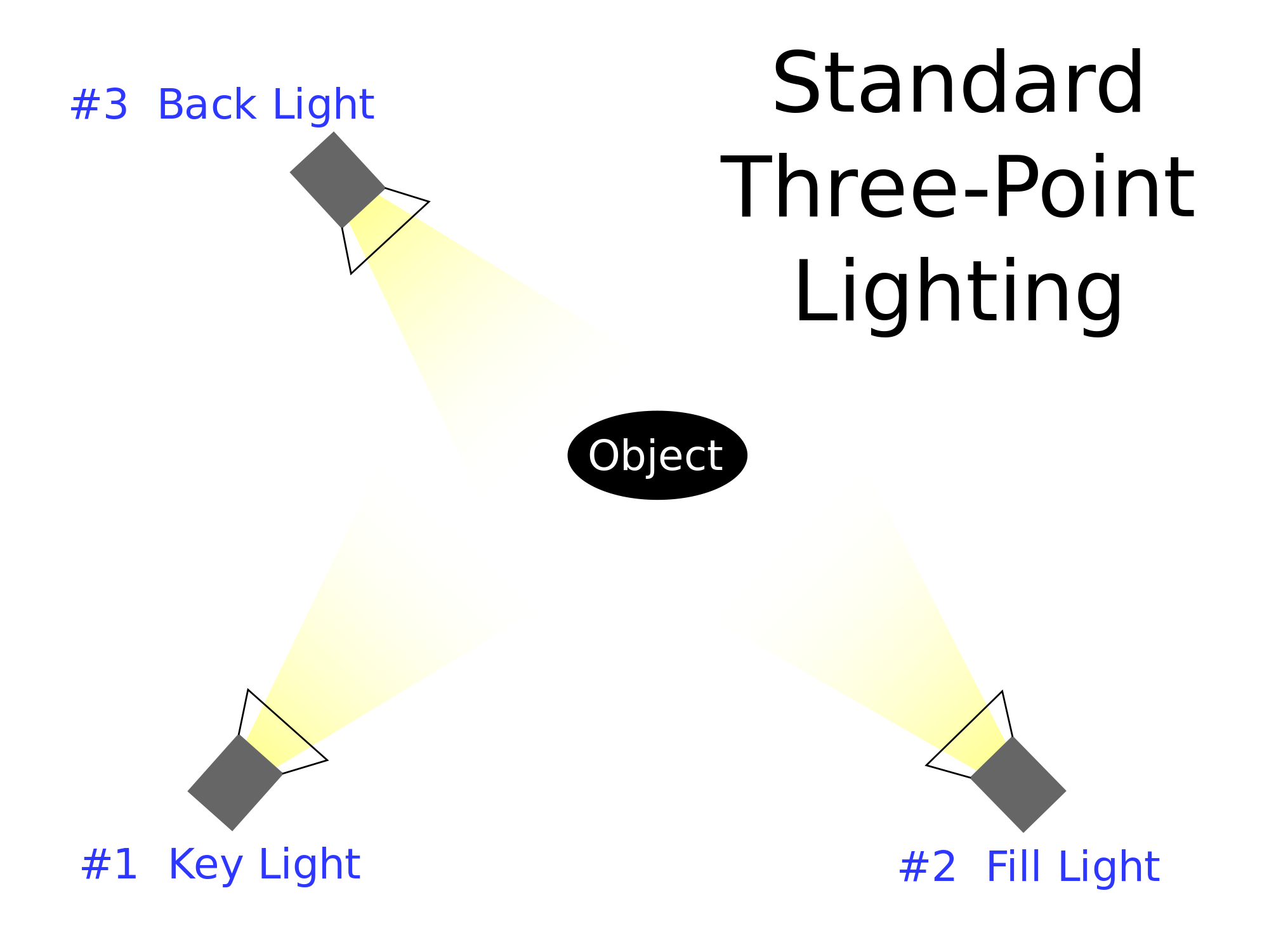
What is fill lighting?
Fill light is a form of additional light mainly used to lighten up shadows in an image. It is often used in portrait photography to create contrast between the subject and the background giving the scene a sense of depth. In this situation the use of fill lighting reduces the overall dynamic range of the scene allowing for easier selection of exposure settings required to capture an image. When fill light is correctly applied it does not impact the main light source of an image.
What is spill lighting?
Spill light is the light that illuminates the surfaces beyond the area intended to be illuminated.
What is Chiarascuro ?
It is a photography technique and can be referred to as extreme low key. It means strong and bold contrast between light and dark areas in photography. It is well suited for portraits and giving the illusion of being three dimensional. It adds depth and a more mysterious atmosphere as it creates contrast between highlights and shadows in a photo.

Studio Photography Lighting (Singular)
STUDIO PHOTOGRAPHY ONE POINT LIGHTING
This post is focussed on our studio lighting photoshoot using a single light to capture images.
Single point lighting or “one point lighting”, is the technique of carrying out a photoshoot within a studio with only a single source of light, for example large lamps, spotlights or torches.
It enables reflective lighting techniques, and it sometimes, can be used to focus a viewers attention to a particular aspect of a photograph or subject in the photograph, or it can be used to create shadows when used correctly that add additional depth of field and conceptual features to an image.
Contact sheet of images:
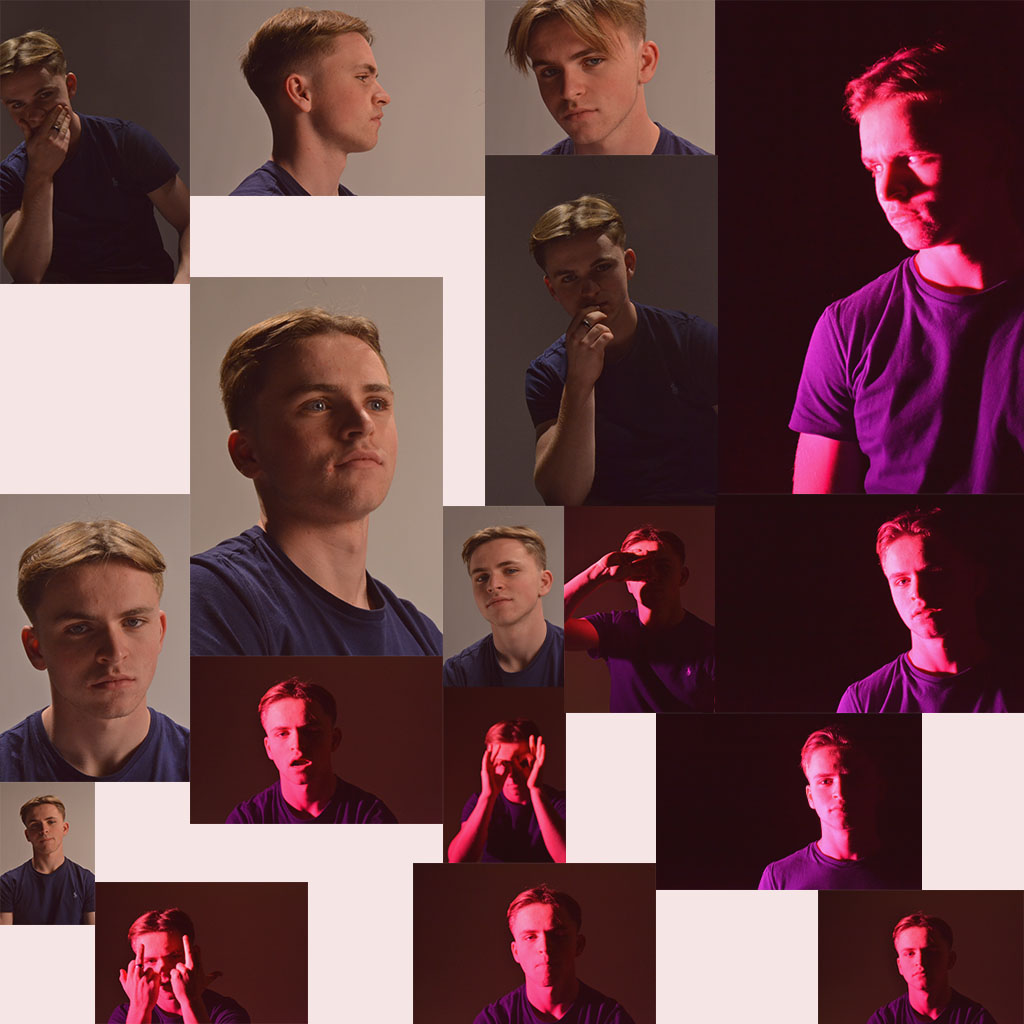
From this contact sheet I picked out my favourite two images from the shoot and edited them in Adobe Photoshop.
My final edited images from the single point lighting shoot:
I chose to edit both of these images because of the sharpness, diversity in model actions, contrast differences, brightness differences and the similarity in the position of the single light and the shadows on the models’ face.
The camera was using a high ISO of around 800 and an above average aperture on the first photo, and using a lower ISO of around 600 and a smaller aperture on the second.
The shutter speed for the first photo was slightly faster than the second creating the darkened effect with only the single light from the side creating the shiny parts that give the image its ‘definition’.
The depth of field in both images is shown through the shadows created by the side-lighting however, this only shows depth of field on the model themselves.

Alex looking “into the light”
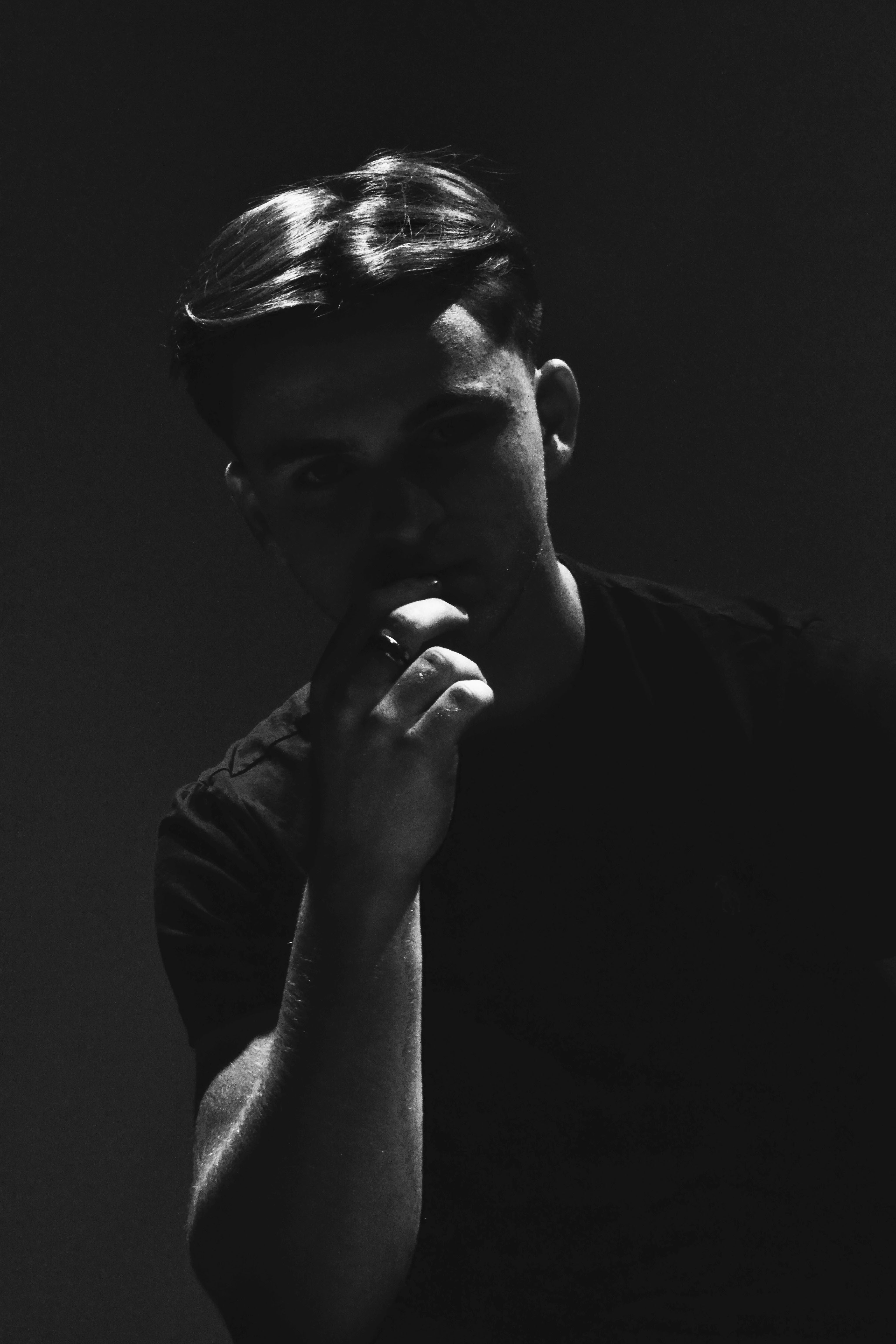
“Seriously Serious”
Studio Practice
As a class we went down to the studio and practiced taking images under different lights and changing our settings. Some of the images are over exposed, underexposed or too warm. Some of them did come out well once I got my settings right.
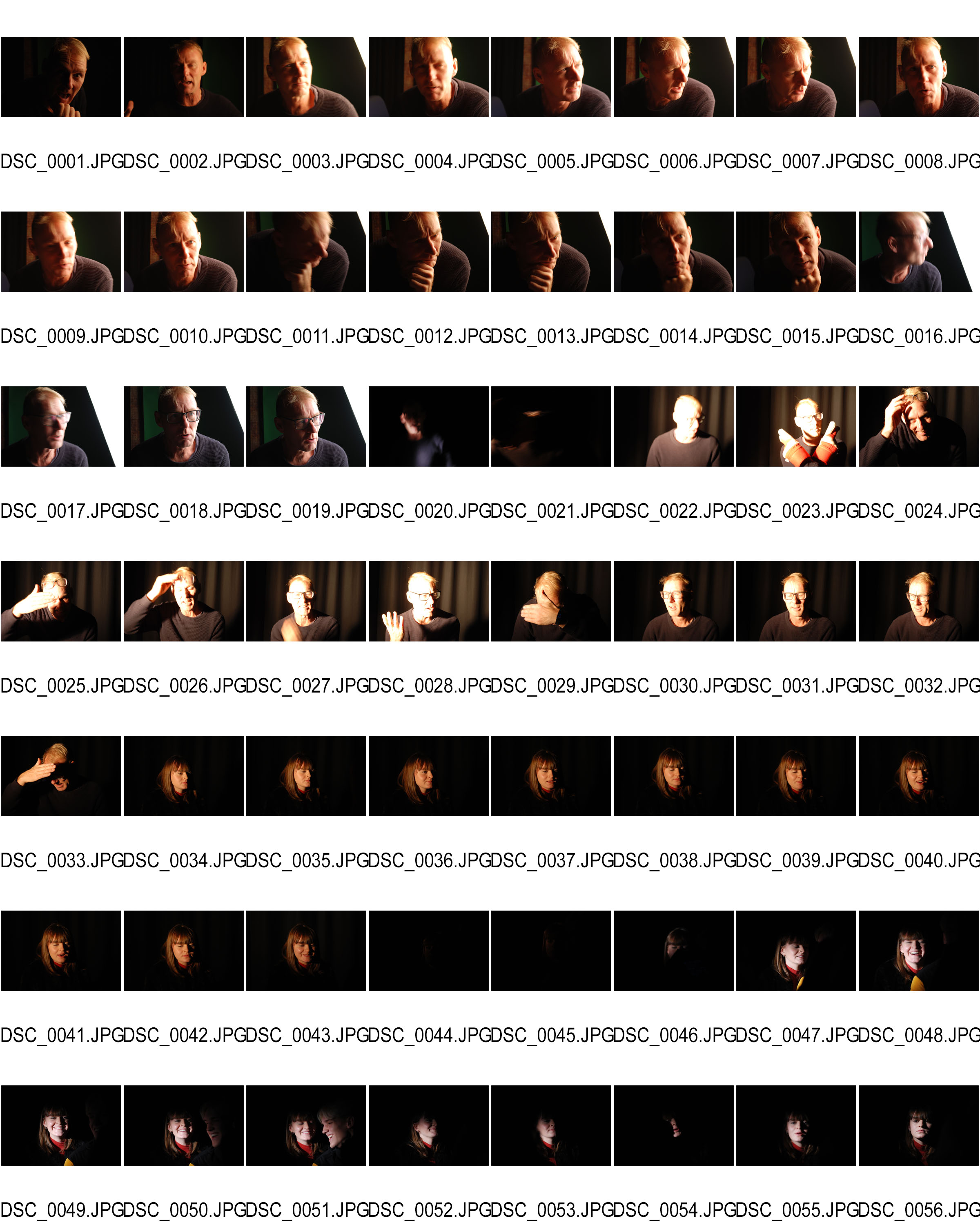
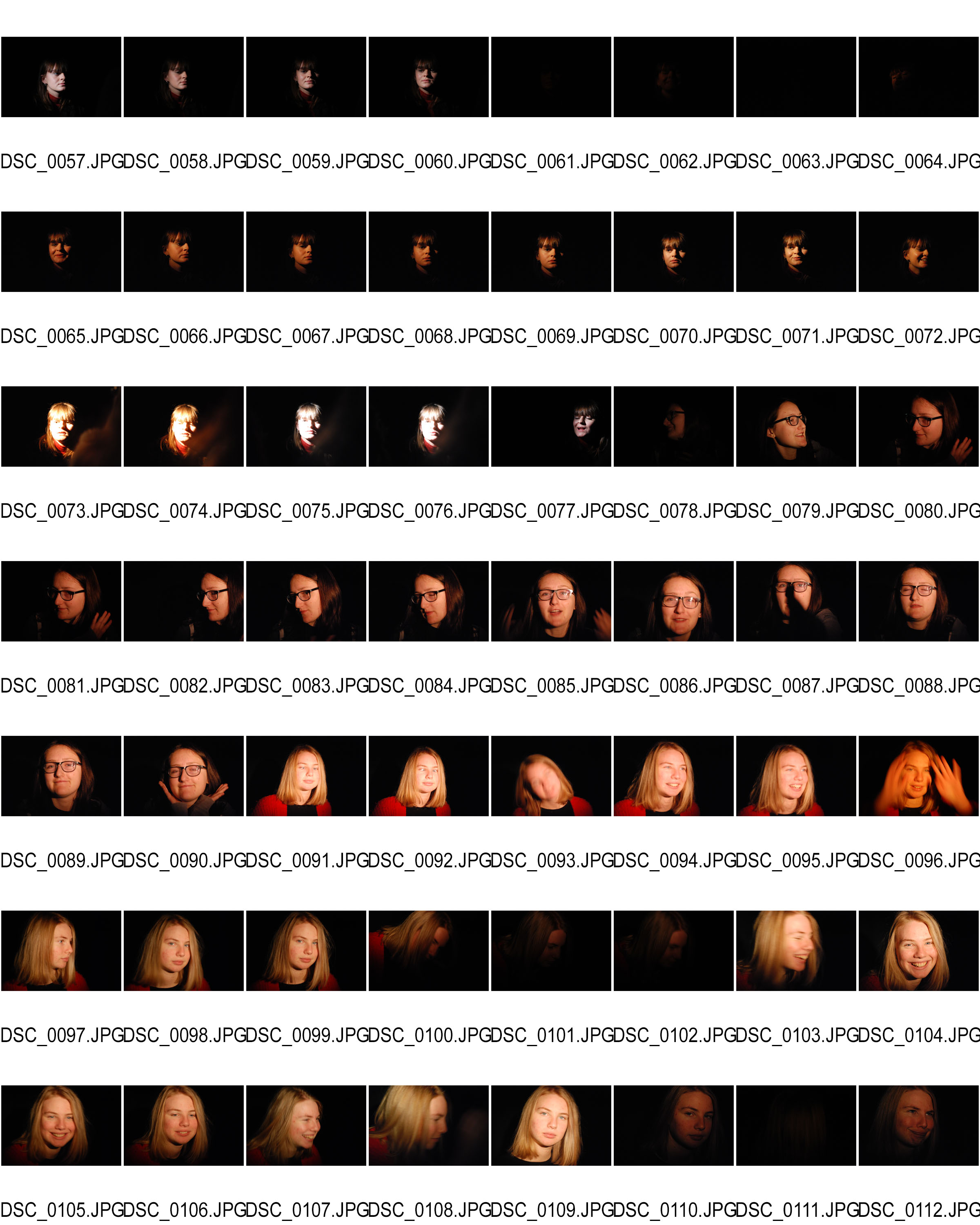
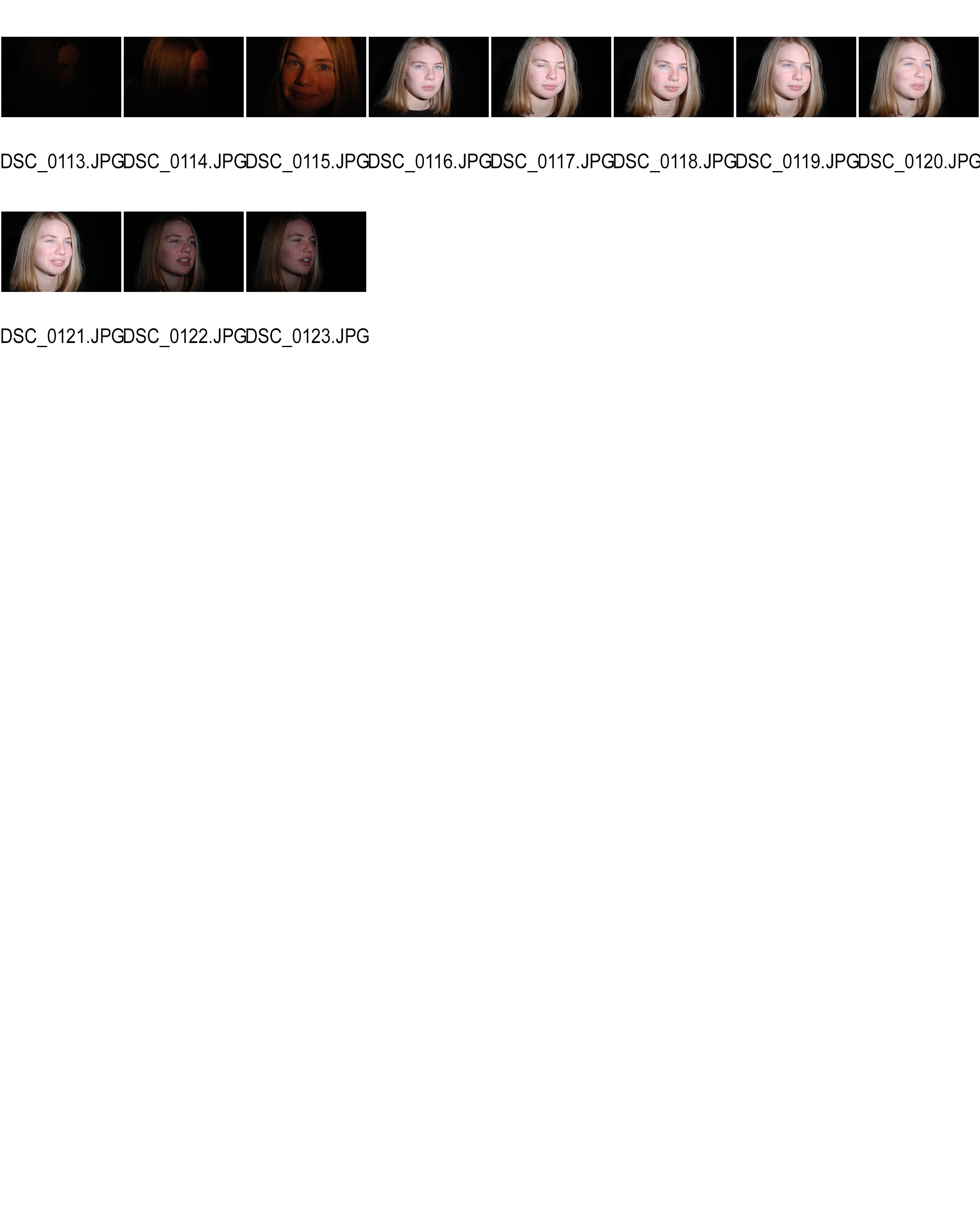
Studio Lighting – Post 1 (Rankin)
Rankin:
John Rankin Waddell (born 1966), also known under his working name Rankin, is a British portrait and fashion photographer and director.
Best known as the founder of Dazed and Confused magazine (along with Jefferson Hack), and for his photography of models including Kate Moss and Heidi Klum, celebrities such as Madonna and David Bowie and his portrait of Elizabeth II. His work has appeared in magazines such as GQ, Vogue and Marie Claire. In 2011 Rankin started the biannual fashion, culture and lifestyle magazine, Hunger and launched Rankin Film to produce and direct his own commercial and editorial film work.
Mood Board:
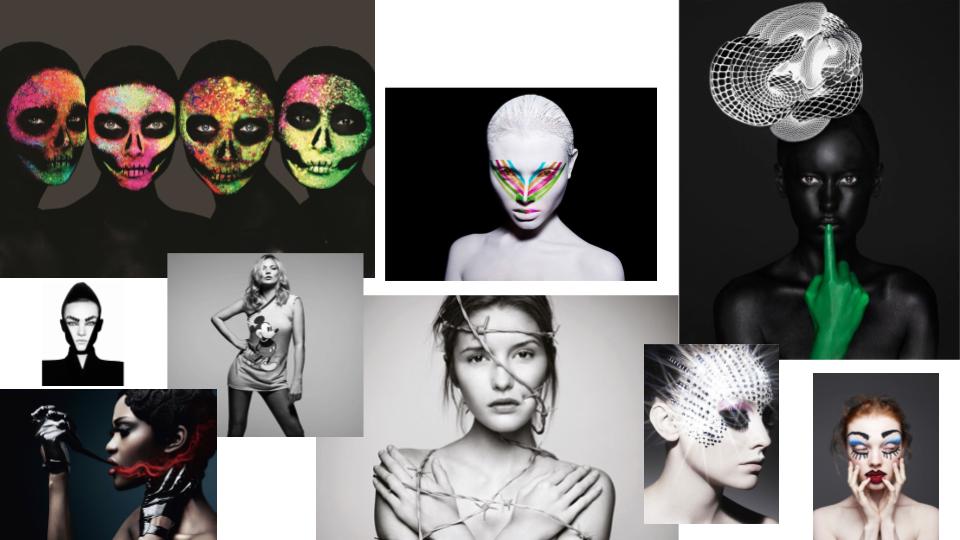
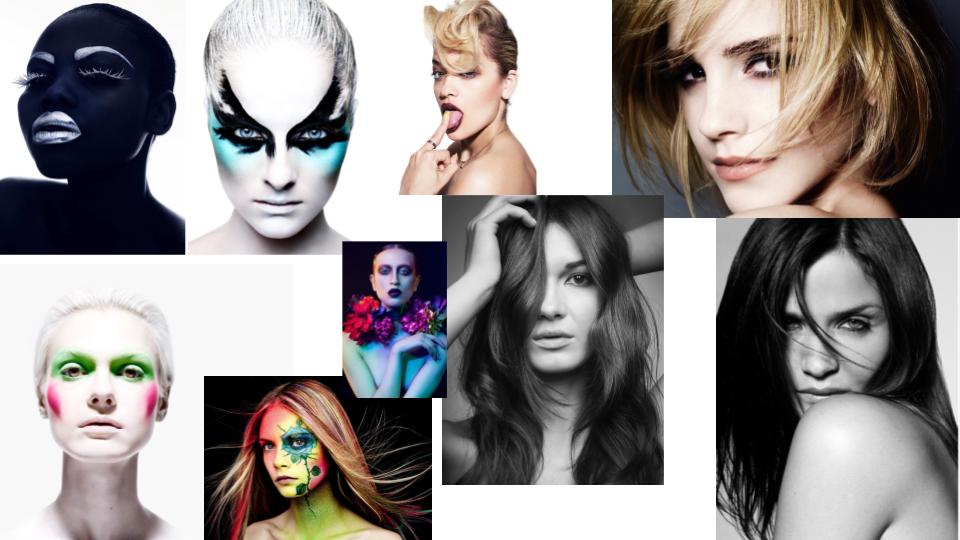
Studio portraits
After going into the studio once to test and see what we could do and learn how to do it, I got about 100 images and then I have taken it down to this group of 17 as possible final images for this shoot

After looking through I selected the images that I thought had the most potential.
Once I had chosen these images I then went into photoshop to edit them.
The centre photo I did in the style of Rankin and drew over the top of it after editing it.
The photo on the right I felt that it needed to be cropped and that it would look good in black and white.
And the left photo I felt that it was composted fine and that i only needed to touch it up and make the colours pop more.
Here are the results:
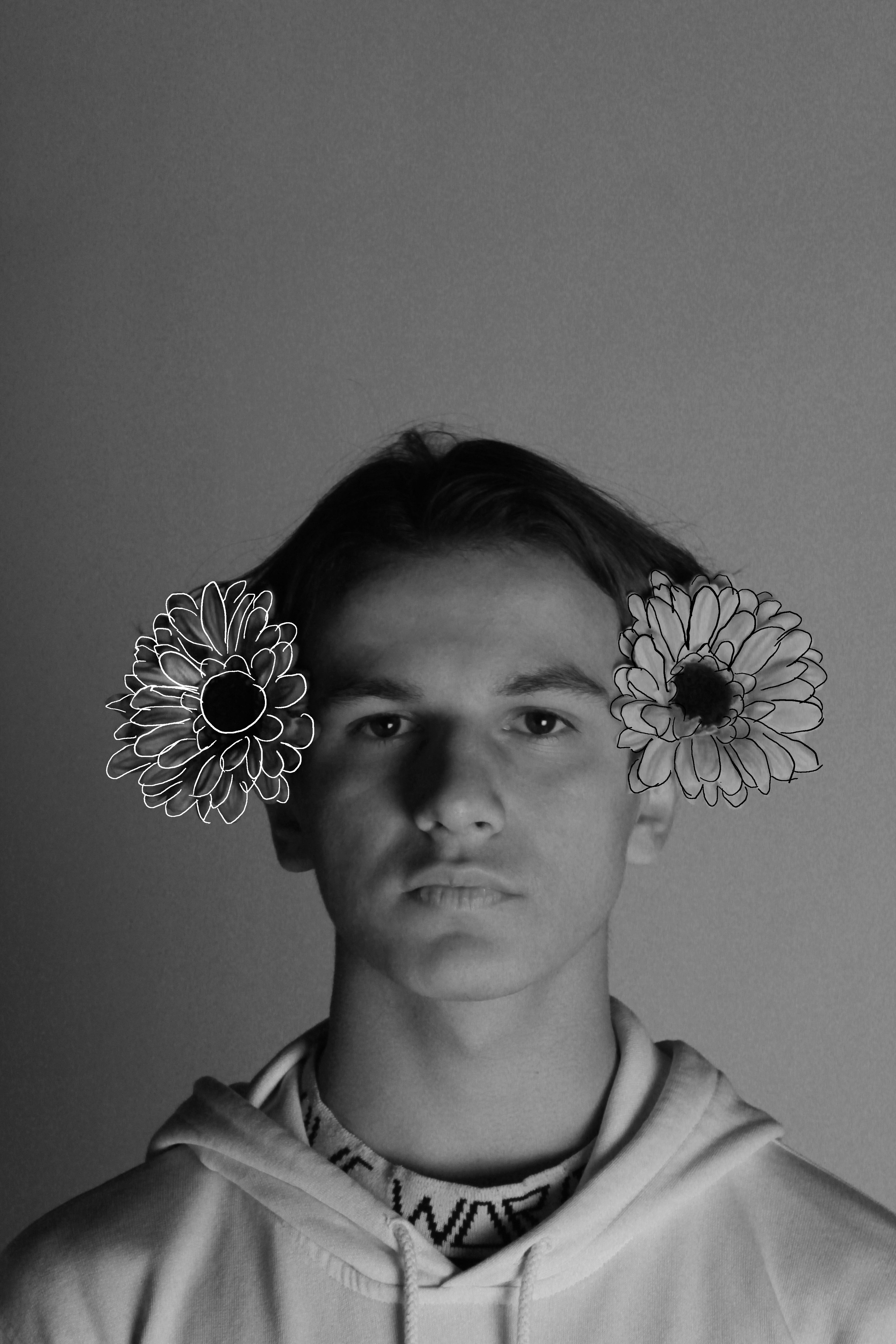

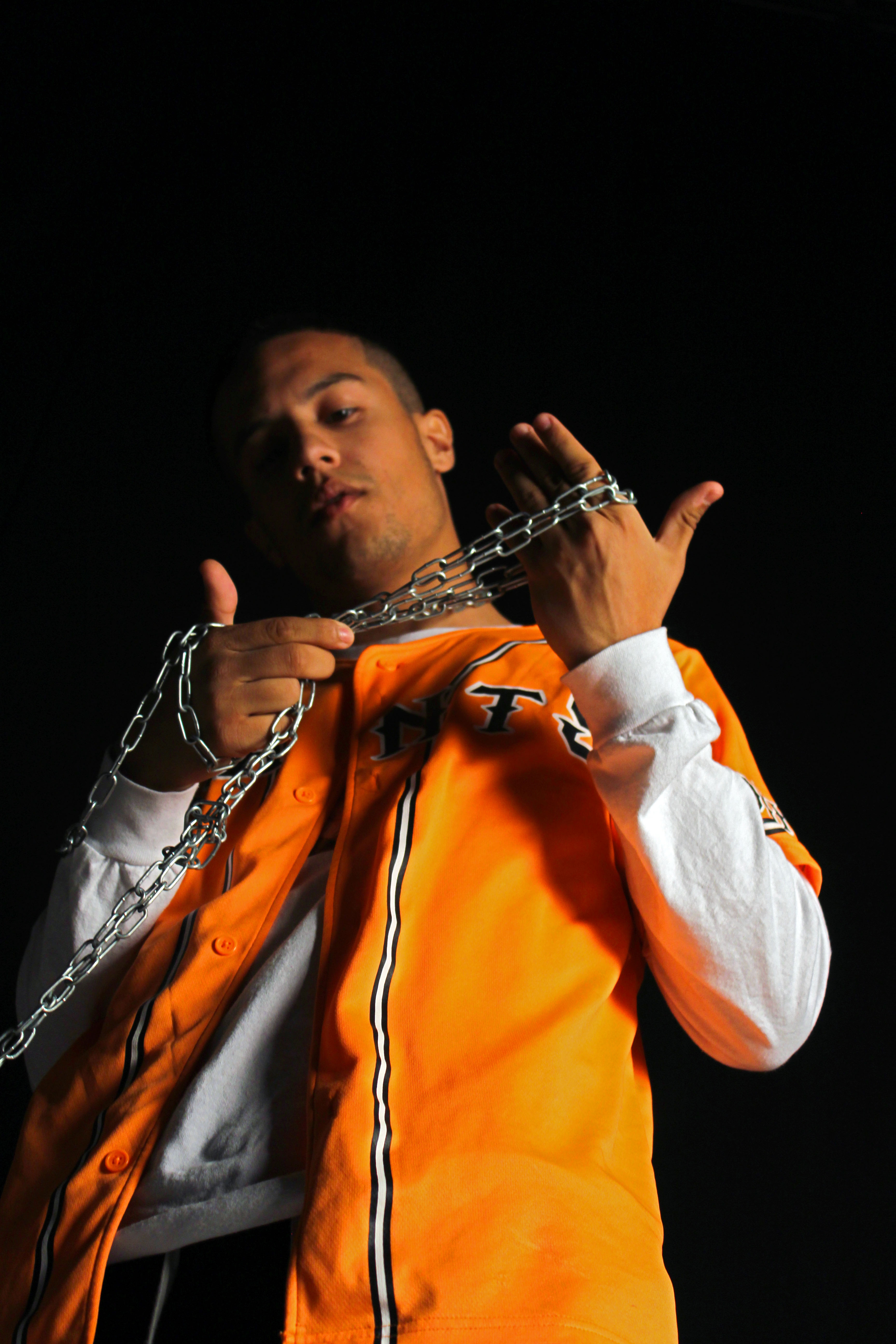
Window Light – Post 1
Window Light:
Window light is an excellent, free light source. It can have the same effects as bigger, more expensive lighting equipment. A large window is pretty much just a huge soft box. It will diffuse light into the room and around the subject you place in front of it. The earliest photography studios didn’t use fancy electric lighting. They just used big windows. It can also create interesting shadows as well as the window itself being a part of the composition itself which can not be achieved with any amount of light.
Mood Board:

My Response:

Best Images:
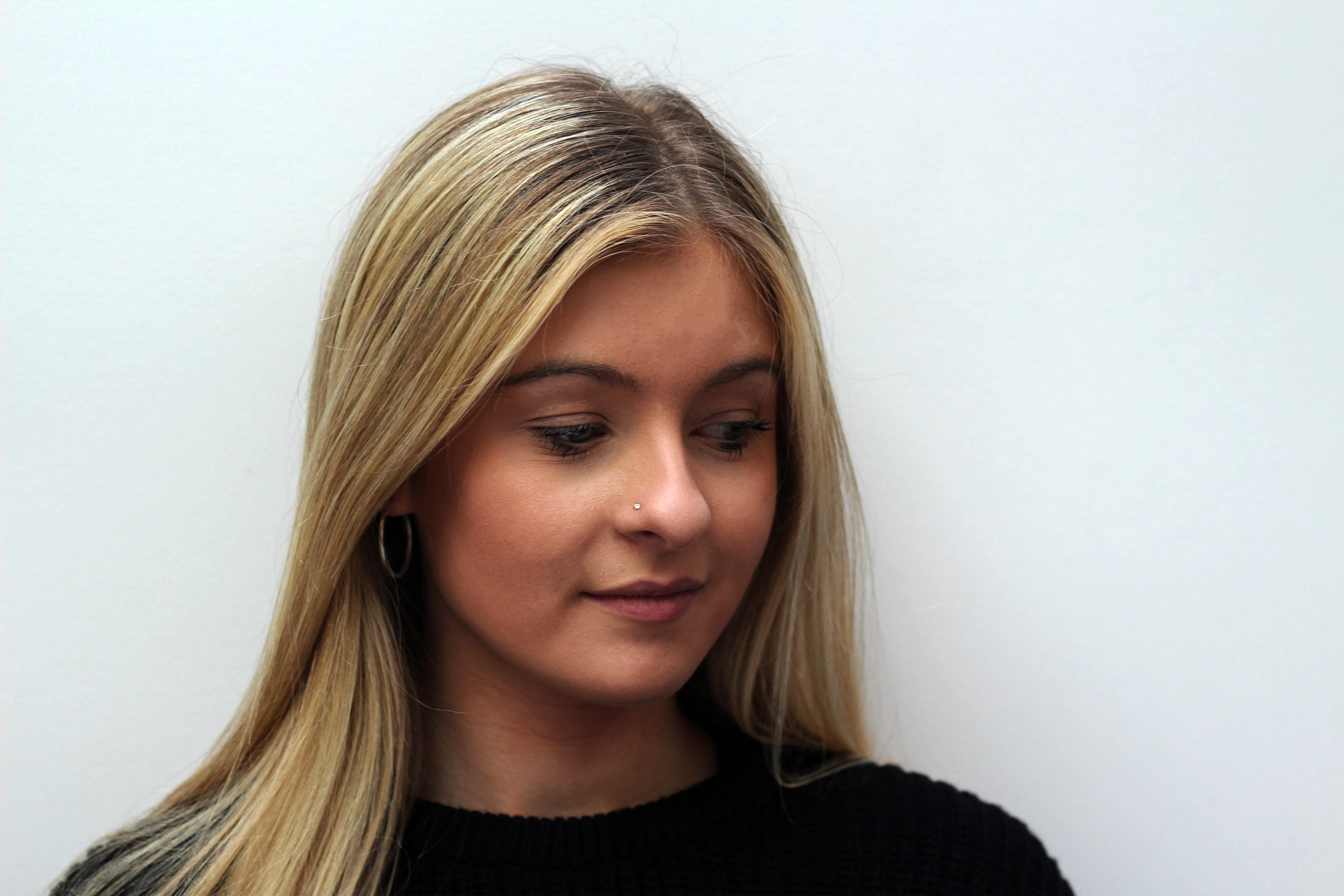
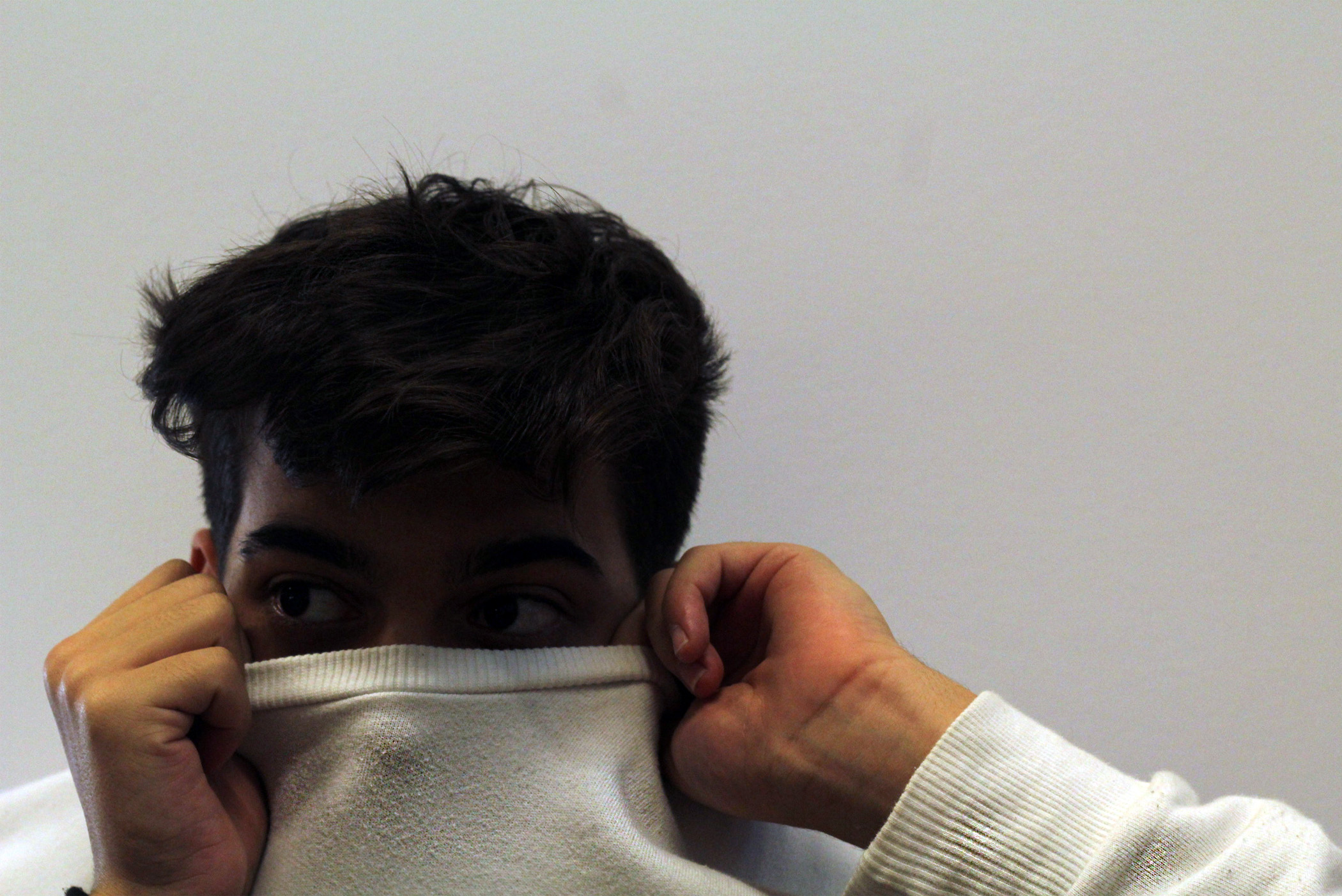
Case Study Street Photography – Bruce Gilden
Bruce Gilden
Who and what:
Bruce Gilden (born 1946) is an American street photographer. He is best known for his candid close-up photographs of people on the streets of New York City, using a flashgun. He has had various books of his work published, has received the European Publishers Award for Photography and is a Guggenheim Fellow. Gilden has been a member of Magnum Photos since 1998. He was born in Brooklyn, New York.
About his style and technique:
Photographer Title Theme – Candid Black and White Photographer
Bruce’s style is defined by the dynamic accent of his pictures, his special graphic qualities, and his original and direct manner of shooting the faces of passers-by with a flash. Gilden is also very prone to shooting in extremely close proximity to his “models”, so close in in-fact that a lot of the people he photographs think he’s photographing someone being them which makes them feel more part of the image and gives them a more natural and interesting facial and bodily expression. Gilden’s powerful images in black and white and now in colour have brought the Magnum photographer worldwide fame. Bruce has been known to walk on certain sides of streets and locate himself in certain places he believes give the most diverse and interesting range of people and actions to capture in his portraits.
Bruces inspiration stems from a large fascination of his to do with capturing the energy, the stress and the anxiety of busy city life. He uses flash in a large proportion of his photos and is very selective on the characters he shoots. In one video he quotes, “I look for characters, things that make an impression on me. Someone who’s not the average looking person.”
One of his famous quotes is “If you can smell the street by looking at the photo, its a street photograph”. This quote captures his ethos of trying to take photos that fully represent the non pictorial qualities like emotions and moods of people in the city and those that come with city life.
Video Links:
Images:



Favourite image and analysis:

This is my favourite image because of the anger it carries through the texture of the photography.
Technical features of this photo include;
- An artificial flash gun light along with dull daylight.
- A macro lens used to distinguish the smallest of facial features.
- A greater exposure and shutter speed to capture the minute changes in colour and the variety and true form of the main colours.
- A higher saturation to give the photo some more warmth and colour.
Visual features of this photo include;
- A very intricate texture with little noise in the photo but a lot of texture.
- An extremely high sharpness and high levels of colour saturaion
- A kind of 2D shape, made 3D by the small patched shadow areas and of out of focus scenery behind the model
- There is also a high contrast to other colours in the photo and shadows are very prominant to enhance the facial features.
Contextual and Conceptual features of this photograph;
- This photograph is part of a project carried out by Bruce Gilden called ‘Portraits’ which aimed to capture very different and diverse looking people who captured Bruce’s attention. There may be a personal context that Bruce applies with these photos as-well due to his rough up bringing he maybe feels like these people are those he was destined to end up among if he hadn’t have found photography.
- The conceptual essence behind these portraits and portraits in general is to capture the whole environmental feeling from the place the photo was taken. For example emotions like anger and stress can come across from this photo due to unknown reasons. Or street photography portraits can capture the chaos that occurs in a city.
Why Bruce Gilden?
Out of all of the case studies I have completed so far on photographers, Bruce has come across to me as the most genuine, realistic and diverse photographers around. I love his confident style in shooting up close with a flash gun and not caring what other people think of him or his work for example he once quoted “nobody can tell me a picture isn’t good if think its good “. I also love his approach to finding who he’s going to shoot by looking for people who are “different” and not fitting into society because it makes them interesting. I also finally like the way he tries to capture emotions and feelings of city life in his portraits because I personally think street photography is all about not capturing an image necessarily but capturing a mood, emotion or vibe from a person or place.
